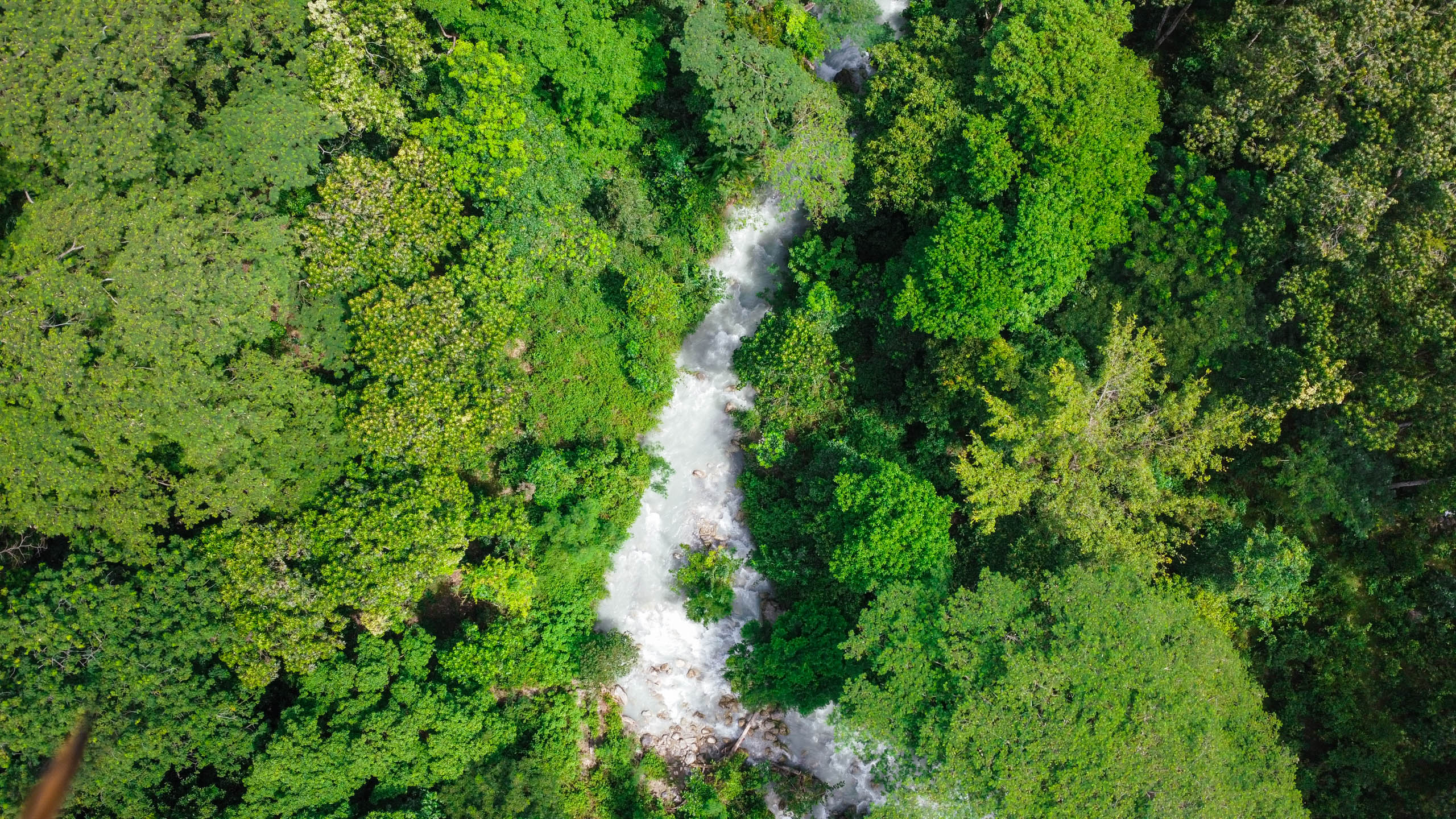Client Name
Mercy Corps
(with funding from KOICA & the European Union)
Location
Dili, Timor-Leste
Project Overview
Floods and storms are responsible for most of the world’s largest humanitarian crises. While flooding is a global issue, people living in emerging markets make up 85% of the population that is exposed to these natural disasters. In Timor-Leste, the effects of annual flooding over the past couple of years has significantly worsened. Flood events in 2021 were significant in extent and impact, affecting all 13 municipalities, and over 33,800 households – costing the country over half a billion dollars (USD). In December of 2021, Similie worked together with Mercy Corps and the Government of Timor-Leste to deploy the first end-to-end Early Warning System (EWS).
Progress
People are protected with an end-to-end Early Warning System
floods were successfully anticipated and alerted on within the first year
Government agencies have access to valuable climate data
Existing Problem
Climate change is a global threat impacting the environment, development progress and exacerbating global inequalities.
The Government of Timor-Leste had limited resources and tools to inform at-risk communities of impending disaster events. Previously, the monitoring equipment in use by the government was very expensive, and relied on highly technical fly-in-fly-out consultants for maintenance of the equipment. Mercy Corps wanted to find a more affordable and sustainable option for building an Early Warning System in Timor-Leste. Together, Similie and Mercy Corps worked with the government to provide a better and more effective solution to tackle natural disasters.
Similie's Solution
Similie’s early warning system integrates our IoT data logger, Hyphen, and our Multi-Hazard Early Warning Platform, Parabl, to provide affordable and innovative technology form monitoring and forecasting natural disasters, providing timely alerts to vulnerable communities.
Similie worked with Government stakeholders to map out the locations and types of hydrometeorological monitoring stations that were deployed to inform the EWS. In December 2021, 17 monitoring stations were deployed, collecting rainfall, water level in rivers, temperature, soil moisture, and 14 other weather parameters. These monitoring stations fed data into Similie’s EWS in real-time, where the data is analyzed and compared against thresholds to send alerts to relevant government stakeholders.
